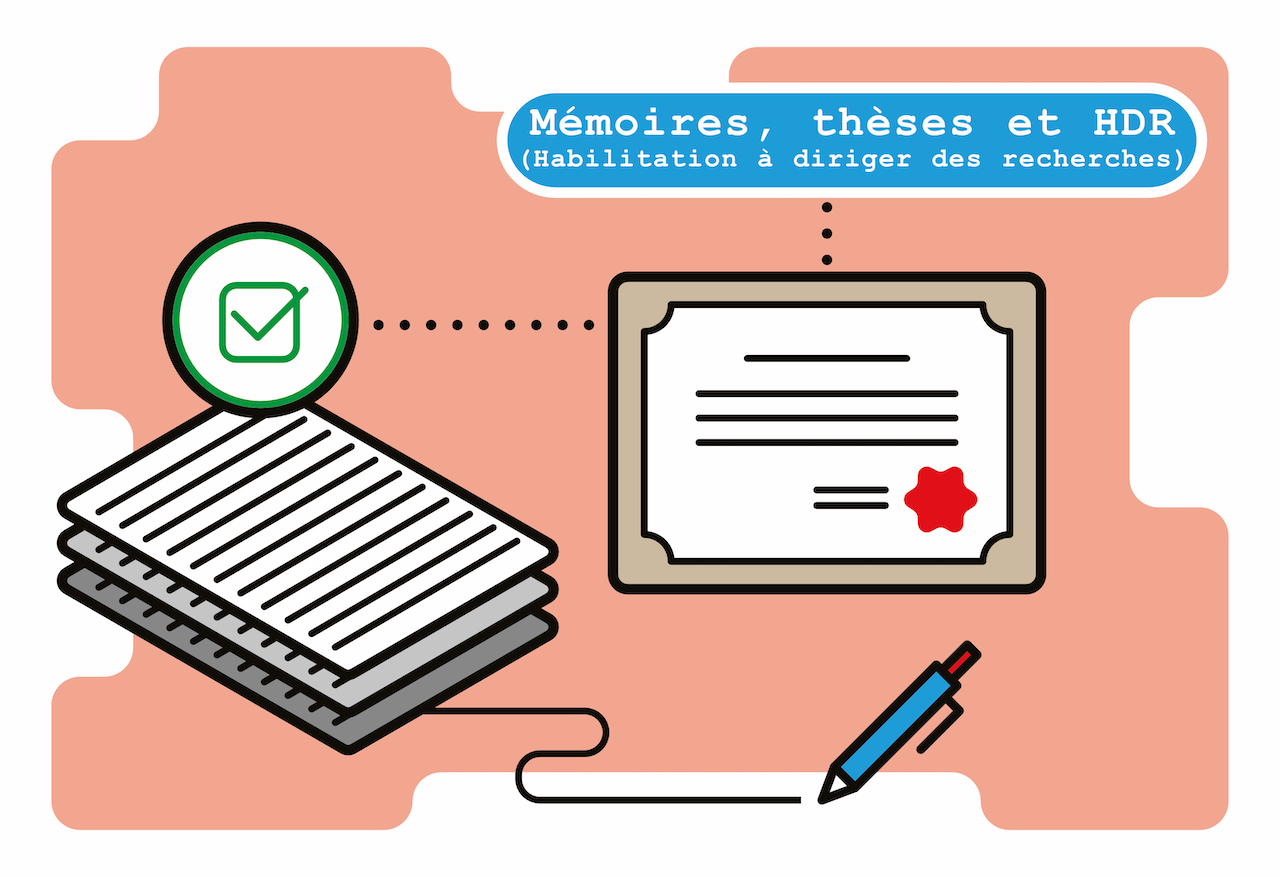The petrology and transformation history of continental crust in the Tso Morari complex, Ladakh, Himalaya
Fiche du document
- ISIDORE Id: 10670/1.990409...
Sujets proches
Granitic rocksCiter ce document
A Bidgood, « The petrology and transformation history of continental crust in the Tso Morari complex, Ladakh, Himalaya », Oxford Research Archive, ID : 10670/1.990409...
Métriques
Partage / Export
Résumé
Ultrahigh-pressure (UHP) metamorphism has long been associated with deep subduction. UHP minerals, such as coesite and microdiamond, are often found in discrete mafic units, hosted in larger scale continental terranes, such as in the mafic eclogites of the Tso Morari complex, Ladakh, Himalaya. Terranes such as these have commonly been overprinted by amphibolite facies, Barrovian metamorphism, so their early history is difficult to decipher. Samples of mafic eclogite dykes hosted in low-strain metagranite were collected from the centre of the Tso Morari complex in Ladakh, Himalaya, where the granite has been observed to transition into granite gneiss towards the highstrain mafic–felsic lithological boundary. All three of these lithologies are shown to preserve high pressure metamorphism indicating that the entire unit must also have been subducted to high pressure conditions. Low-strain metagranites provide a window into the early history of the rocks, where feldspar, white mica and pseudomorphs after cordierite preserve evidence of hydrothermal alteration prior to high pressure metamorphism. Kyanite inclusions within garnet also indicate that the high-Al bulk composition of the granite gneiss must have been achieved prior to garnet growth, also indicating that hydrothermal alteration prior to garnet growth may have been significant. Palisade quartz microtextures after coesite in the matrix of a granite indicate that part of the dome transformed at ultrahigh-pressure conditions and preserves the first reported evidence of twinning in coesite recorded in quartz. Elemental zonation within garnets from mafic eclogite and granite gneiss protoliths show a similar zoning pattern in rocks of different bulk compositions, indicating that both rock types share a similar prograde high-pressure metamorphic evolution, where highest pressure conditions are preserved in the garnet rims. Previous modelling of mafic eclogites has shown that there are two possible isopleth intersections for garnet core growth at ca. 20-23 kbar, 520-550°C and 10-13 kbar, 575-625°C. However, alteration of inclusion assemblages has made it difficult to determine the actual conditions of core growth. Combined modelling of mafic and felsic protoliths, shows that the lower pressure intercept of 10-14 kbar, 410-460°C is common in both bulk compositions in water undersaturated conditions. A new and precise U-Pb age of zircon crystallisation at 46.9 ± 0.04 Ma is interpreted as the age of eclogite-facies metamorphism. U-Pb ages of xenotime, titanite and rutile are interpreted as ages representing crustal conditions, indicating that the Tso Morari complex was exhumed from ultrahigh-pressure to crustal conditions in
